Cuba: Santiago de Cuba
已发表: 17.07.2017
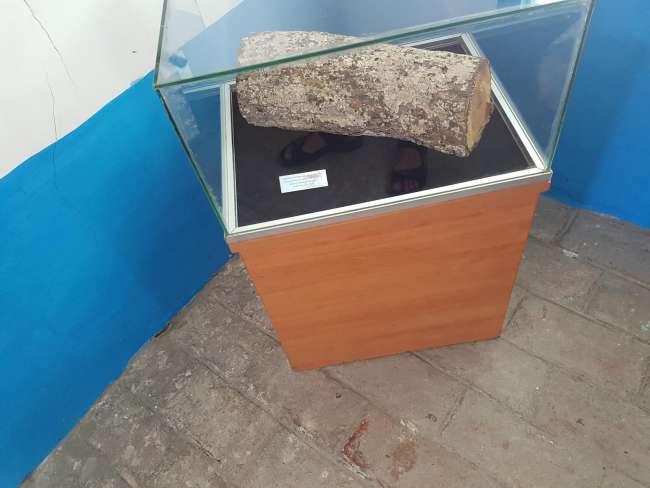
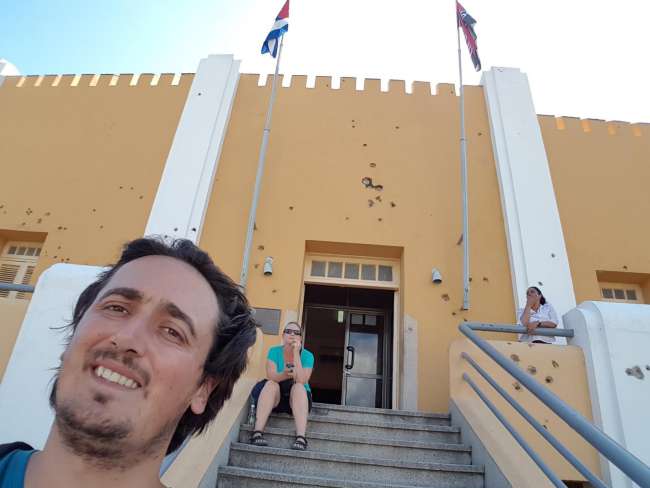
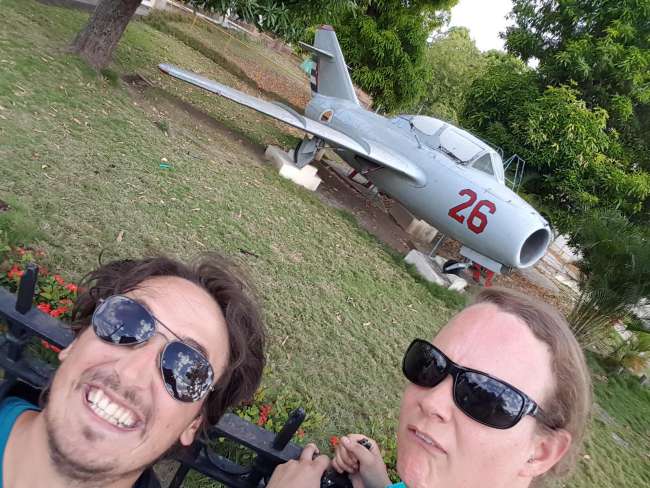
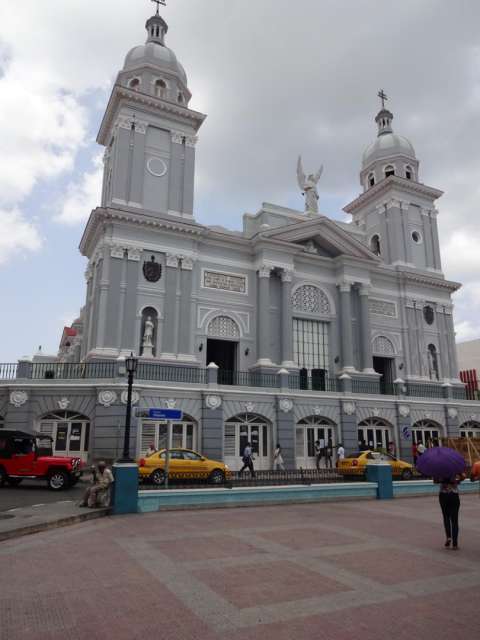
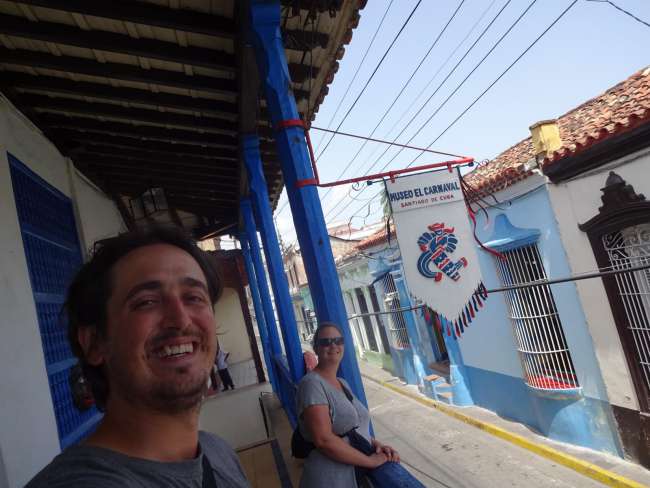
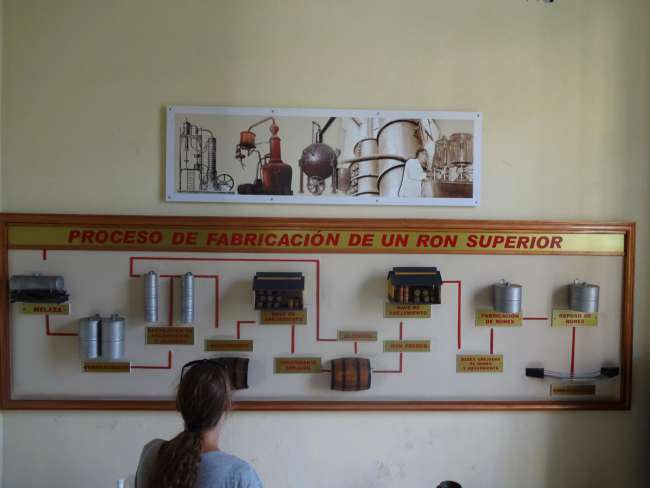
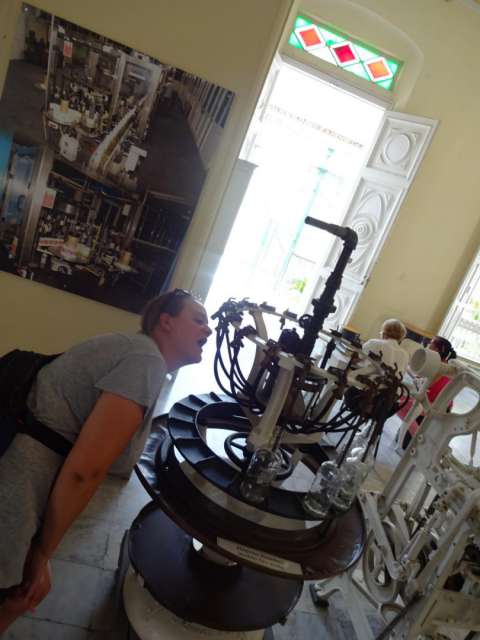
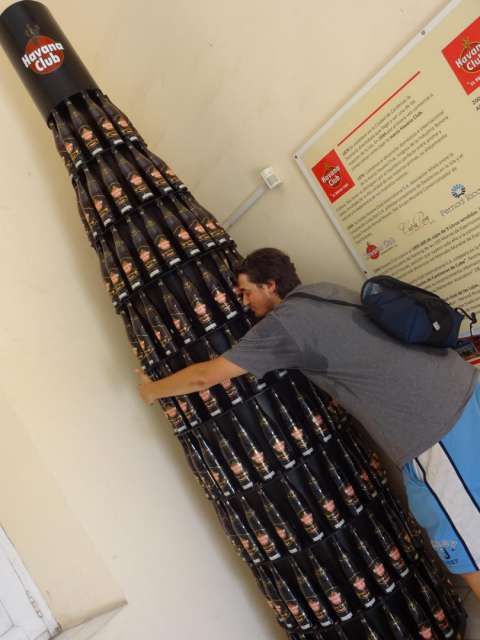
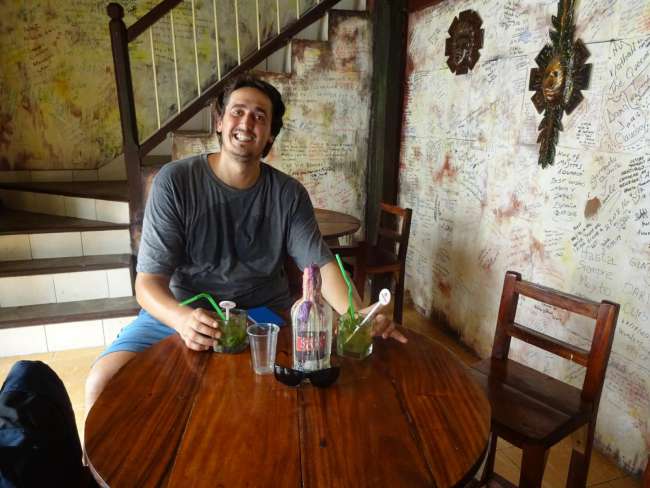
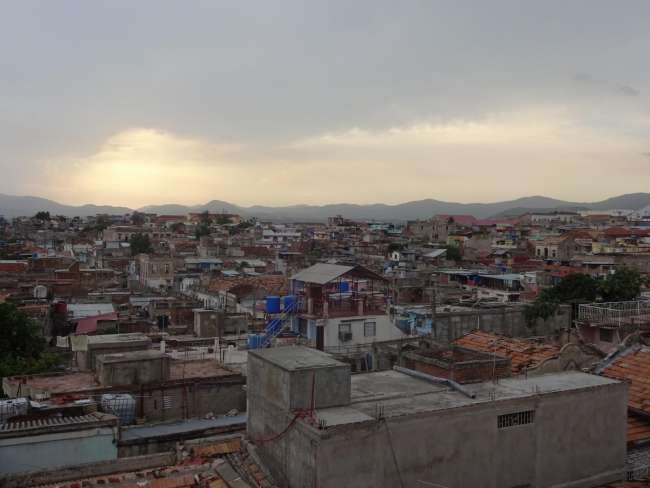
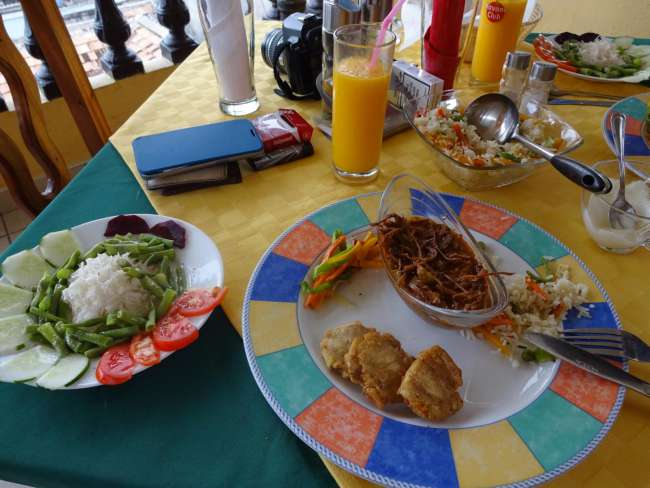
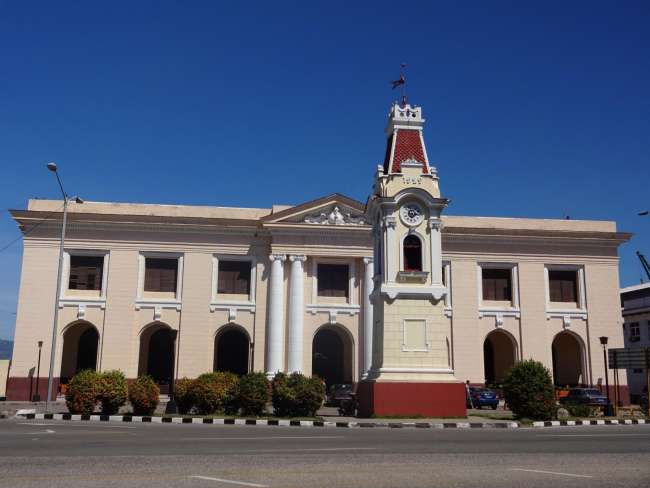
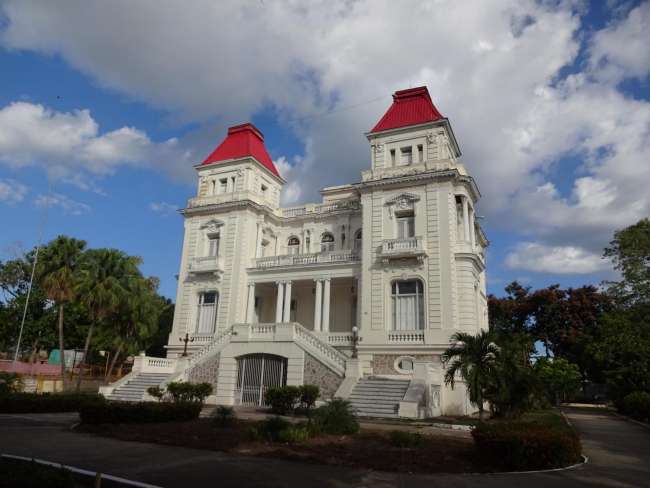
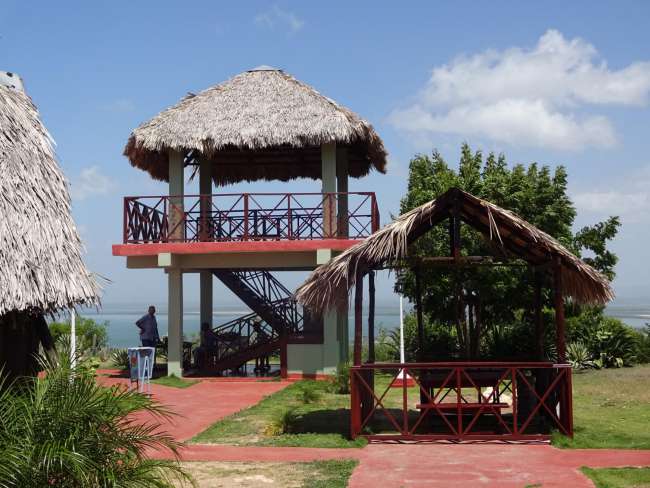
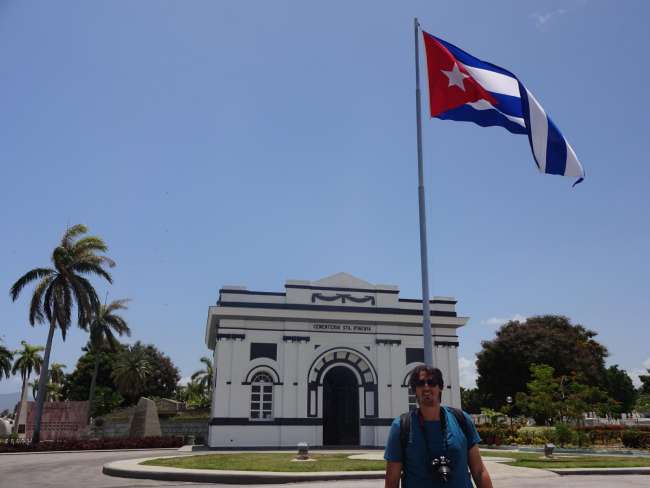
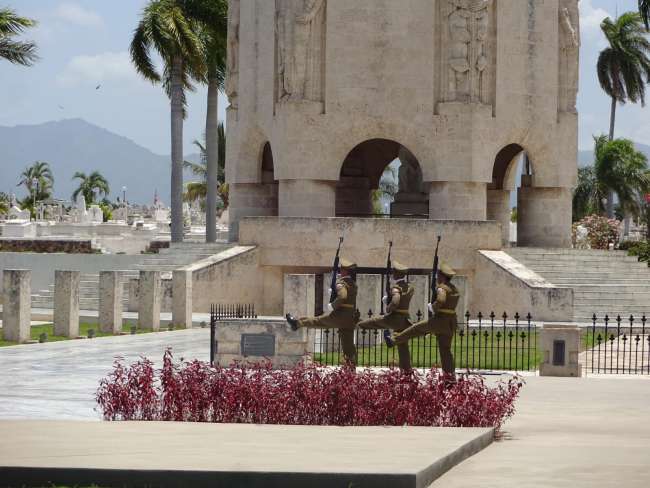
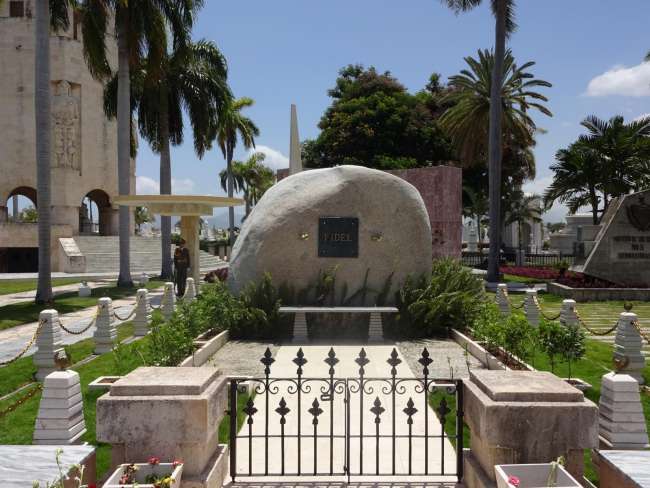
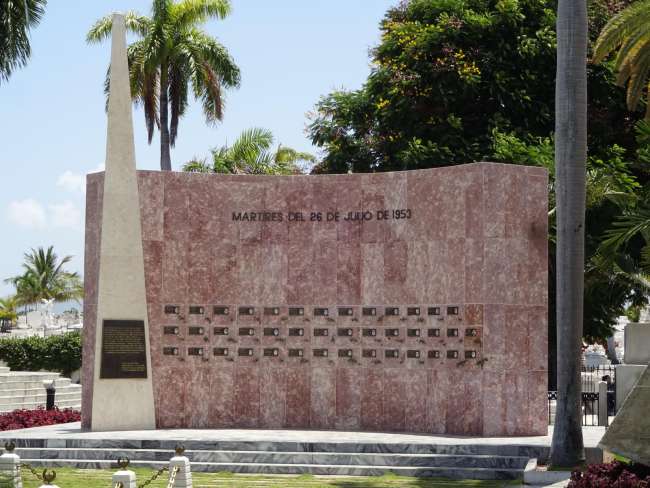
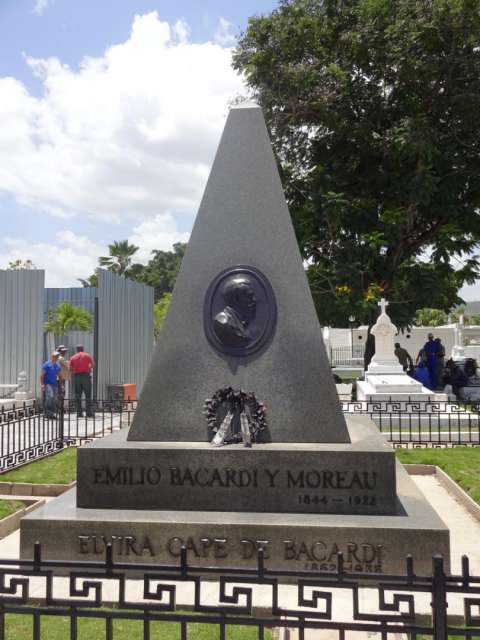
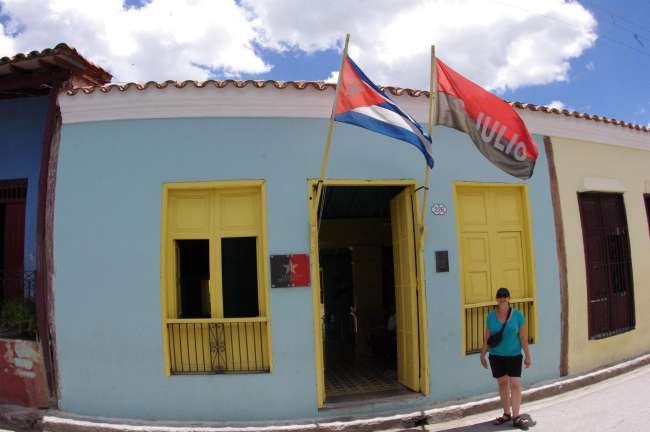
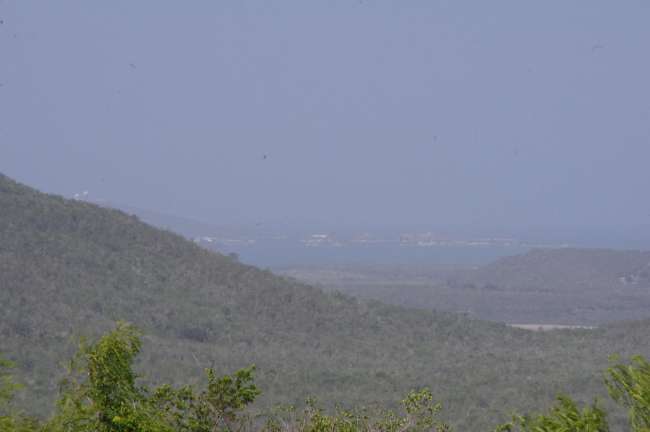
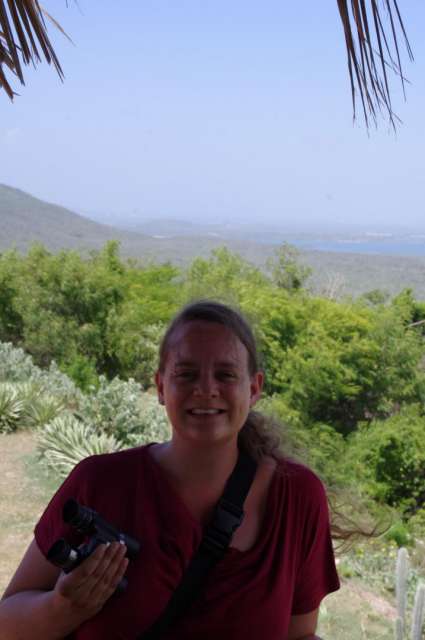
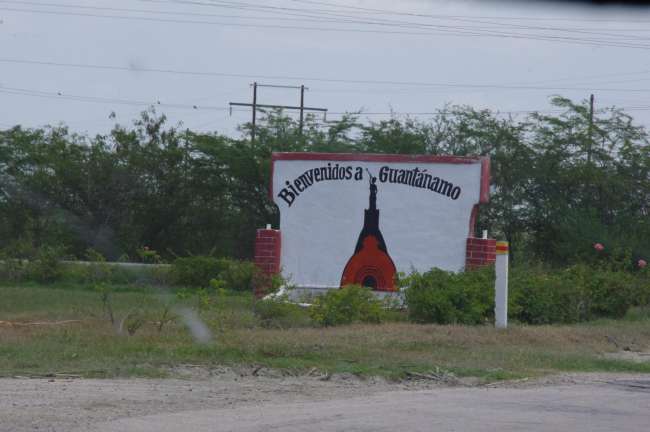
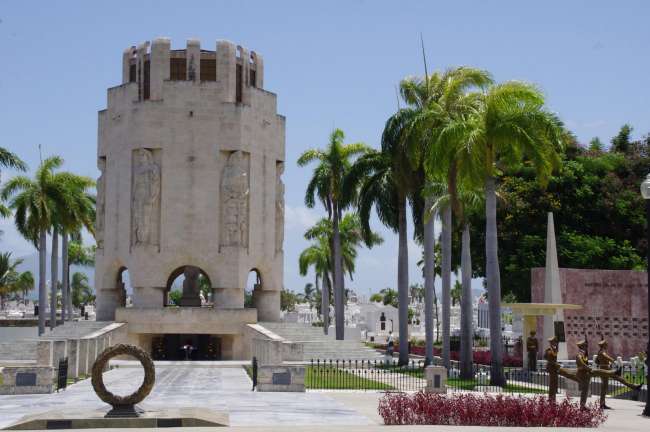
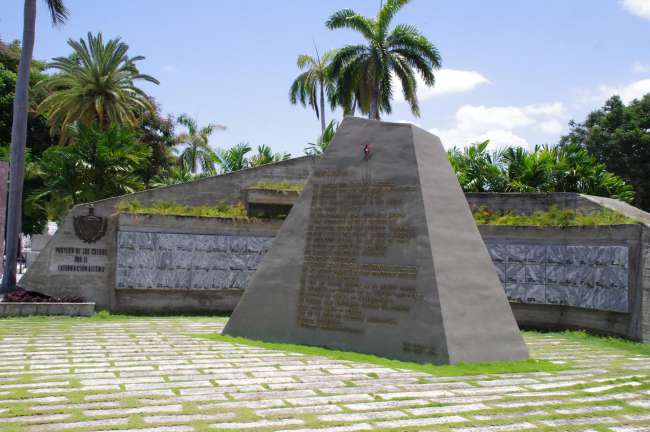
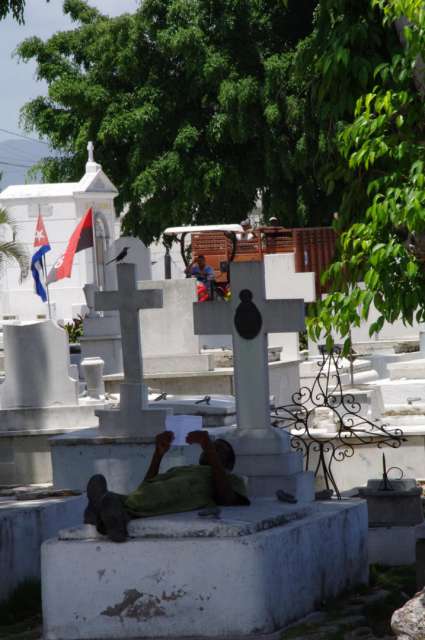
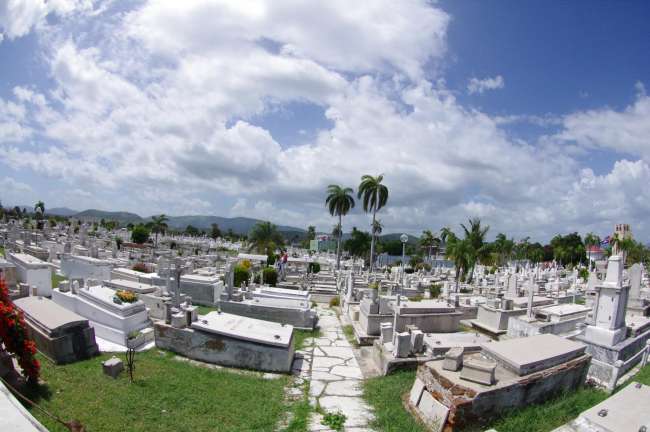
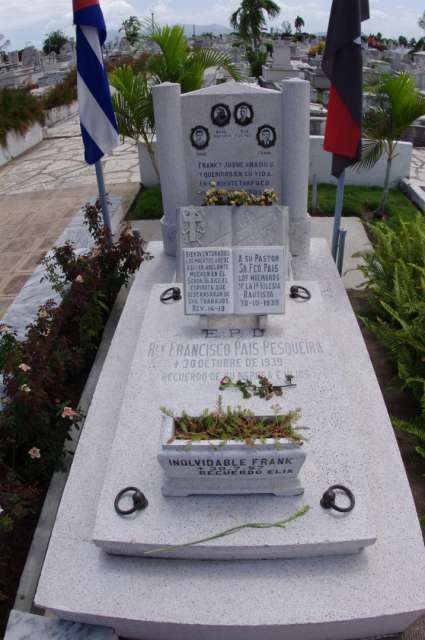
订阅时事通讯
I actually found Santiago de Cuba quite nice, Jörg didn't think so. On the first afternoon, we walked around the city and visited the Carnival Museum and a rum museum again. The rum museum is definitely better than the one in Havana, as you actually learn more about rum production, while in Havana it's mainly about selling rum. One thing that stands out about Santiago is that it's very hilly. The streets constantly go up and down. The other cities are actually all very flat. In addition, it's incredibly hot, we were told it's usually 2-3 degrees warmer than in Havana.
On the second day, we continued the museum tour, visiting the Museo Casa Natal de Antonio Maceo (Antonio Maceo was a general and hero of both independence wars against Spain), the Casa Museo de Frank y Josué Pais (The Pais brothers were actively involved in Fidel's revolution, kept the revolutionary movement in Cuba running during Fidel's exile in Mexico, and were killed by Batista's soldiers on the street at a very young age of about 20 and 23. These acts caused great outrage in the population and strengthened the revolutionary movement), and the Cuartel Moncada, where Fidel's revolutionary movement, called the July 26th Movement, made its first strike on July 26, 1953. 100 revolutionaries under Fidel Castro attacked the barracks and 2 other targets, but the coup was relatively quickly crushed by Batista's soldiers. Nevertheless, you can see "26 Julio" flags waving next to the national flag throughout Cuba.
As already mentioned, the quality of the museums in Santiago is much better than elsewhere. The displayed photos are of good quality, there are sufficient explanations and labels (only in Spanish), and the respective stories are told and presented chronologically. Museum lovers and history enthusiasts should definitely make the long journey to Santiago, the other museums can be skipped, they're all about the same anyway: REVOLUTION. Taking photos in the museums costs extra everywhere (several times the admission price), so we mostly refrained from doing so. Most of the photos you can see were taken by Jörg without permission.
After the already exhausting museum tour, Jörg forced me to walk across half the city again (remember, it's even hotter in Santiago than elsewhere in Cuba), to admire the remains of a military aircraft once again (some kind of MIG). This time there was actually still something left of the plane, it had been converted into a playground for children.
On the last day in Santiago, we fulfilled one of Jörg's heartfelt wishes, hired a taxi, and drove to Guantanamo Bay to see the US naval base. It used to be possible to get relatively close. Nowadays, it's forbidden, you can only drive to a viewing tower, which is quite far away, and look out with binoculars. We knew that, and also that there wouldn't be much to see. In fact, we saw almost nothing. But hey, we were there. Jörg enjoyed the adjacent Cuban military training area, where there was still a tank and some other facilities to see. Typical men.
On the way back, we stopped at Santiago's Cemetery Cementerio Santa Ifigenia, where many Cuban celebrities are buried, including Jose Marti, the Pais brothers, many other members of the July 26th Movement (marked with the corresponding flag), and Fidel Castro himself. The cemetery is huge and a beautiful area, the graves are very grand, really worth seeing. There is a changing of the guard ceremony at the large and striking mausoleum of Jose Marti every 30 minutes.
Fidel Castro's grave is very simple, it's a simple, large stone with the word FIDEL written in golden letters. You can't just go there, you have to wait for access to be granted, and then you are guided past in a single row, and even if no one is behind you, you can only stay there very briefly. You can have your own opinion about Fidel Castro, what I personally find sympathetic about him is definitely his simplicity, which can also be seen again at this grave. Apparently, he wore the same shirts and military boots throughout his life (funnily enough, even in the presence of other presidents and world figures, who were all very chic in suits, as can be seen in many photos), he didn't show any wealth. Whether you like his views and communism or not, he seems to have mainly had the Cuban people in mind, not enriching and favoring himself.
In Santiago, I also had my best meal in Cuba, the best Ropa Vieja ever (shredded beef, a traditional Cuban dish), in the restaurant that belonged to our Casa....yummy....It was so good that I had it for dinner 3 times in a row. My diet wasn't very varied otherwise. There was chicken, and then chicken, and for a change, chicken, and finally, more chicken......
订阅时事通讯
回答 (2)
Manuela
Wieviel Abwechlung hatte den Jörg auf seinem Speiseplan? 😂Lisi
Ja, Jörg hat im Luxus geschwelgt. Er hat etwa 10x für ein Trinkgeld Hummer gegessen und sonstiges Viehzeugs, das im Wasser lebt. 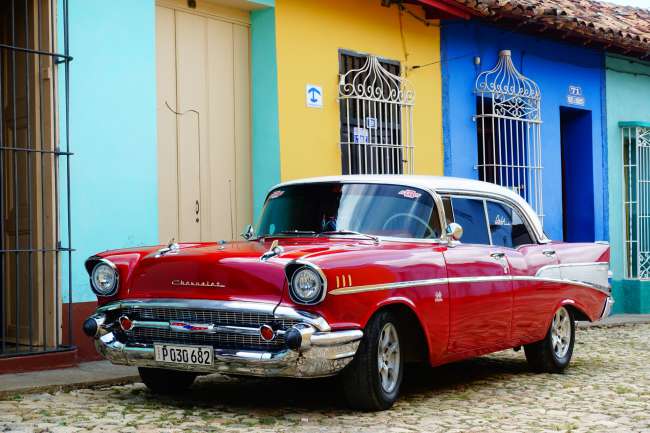
旅行报告古巴

